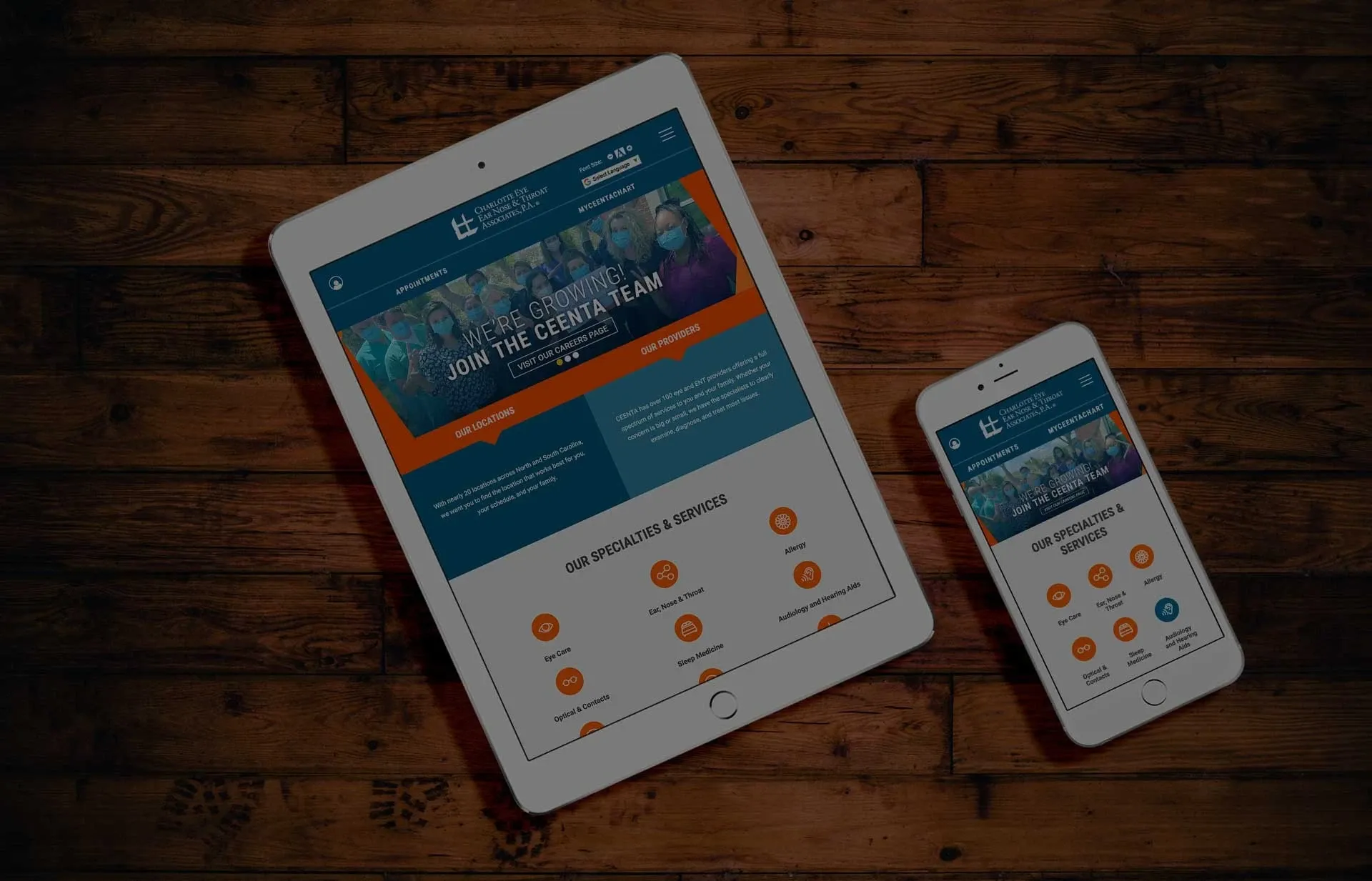As a health & wellness business owner, practitioner, and professional, using social media websites like Facebook, Twitter, Instagram, and Tik Tok usually make up a part of your healthcare marketing online and how you communicate your brand, services, products, and ideas to your audience. From medical doctors and nurse practitioners to dentists, yoga instructors, and physical trainers, it’s important to have a presence where your audience is online. In other digital avenues, there’s message boards and forums, private groups, review websites, blogs, and other websites.
How do you track the success and failure of message connecting with your audience on these websites? As a healthcare digital marketing agency, E-dreamz comes across many medical professionals that aren’t sure how well their medical content attracts patients to their website to ask a question, request for an appointment, or engage with parts of their website.
Let’s cover three important characteristics of what should be part your link that appears on social media. Not all healthcare SEO companies will practice this with their medical clients. If their not, we will gladly have a conversation with you on how E-dreamz can benefit your health & wellness brand’s growth https://www.edreamz.com/contact-us
1. The Source: Keeping Track of Each Social Media Profile
Let’s take our E-dreamz Portfolio section as an example link: https://www.edreamz.com/healthcare-websites-portfolio
For this example, we are posting our Portfolio link to Facebook and Twitter and want to track our healthcare marketing online. Google Analytics supports certain tags that automatically gets tracked by their name. For our post, we can see in Analytics how many people come from Facebook and Twitter separately using the source tag. The source is the name of the Website that’s sending the traffic. Adding “?utm_source=Facebook” at the end of this link and posting it to Facebook allows us to view not only how many people came from Social Media, but how many came specifically from Facebook.
2. The Medium: Tracking Each Type of Post
Another helpful hint in medical marketing is to correctly track the type of traffic. Google Analytics uses a few standards: Direct, Organic, Social, Paid, Email, Referral, and Other. Every type of link can fall into one of these categories.
Doctors and other Healthcare professionals can understand how well their “Social” traffic is growing by Viewing the Medium in Google Analytics and looking for social. Other times, a link may appear on a social profile but it’s not part of any campaigns. These links are considered to be Referral links. To keep your medical campaigns correctly formatted for accurate tracking, use the “utm_medium=” to reference the type in your link. For example, our social post to Facebook would be https://www.edreamz.com/healthcare-websites-portfolio?utm_medium=Social, while my Facebook Messenger signature link would be https://www.edreamz.com/healthcare-websites-portfolio?utm_medium=Referral
3. Content: Healthcare Content Marketing Strategy
The last example tracks the specific detail of your content. It’s important for Health & Wellness Digital Agencies to know if a blog helps their medical clients meet their goals vs. thought pieces, interviews, and other types of content. Using the “utm_content=” tag provides freedom to track the content separately in Analytics.
Using our portfolio example, we may include a link on a Facebook post that talks about all our work and will use a link referencing that as https://www.edreamz.com/healthcare-websites-portfolio?utm_source=Facebook&utm_medium=Social&utm_content=General.
Additional Info
Google Provides a template from their Campaign Builder as well to assist in building tracking links with the correct details and provide the full link back for usage.
« Back to Blog
- How Healthcare Practices Can Improve Visibility in AI Tools Like ChatGPT, Copilot & Perplexity
- Rebuilding from the Ground Up: A Modern, SEO-Driven Website for Third Coast Oral & Maxillofacial Surgery
- Modernizing TOA.com: A Decades-Long Digital Partnership in Orthopedic Website Innovation
- The Future of Healthcare Marketing: AI, AEO, and a Compliance-First Strategy
- How to Use Schema Markup on Your Healthcare Website for Better SEO
One Partner - Every Digital Solution Your Practice Needs.
EHS is more than a vendor — we’re your long-term partner in building a stronger, smarter, and more compliant digital presence.

© 2026. All rights reserved. E-dreamz, Inc.

